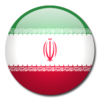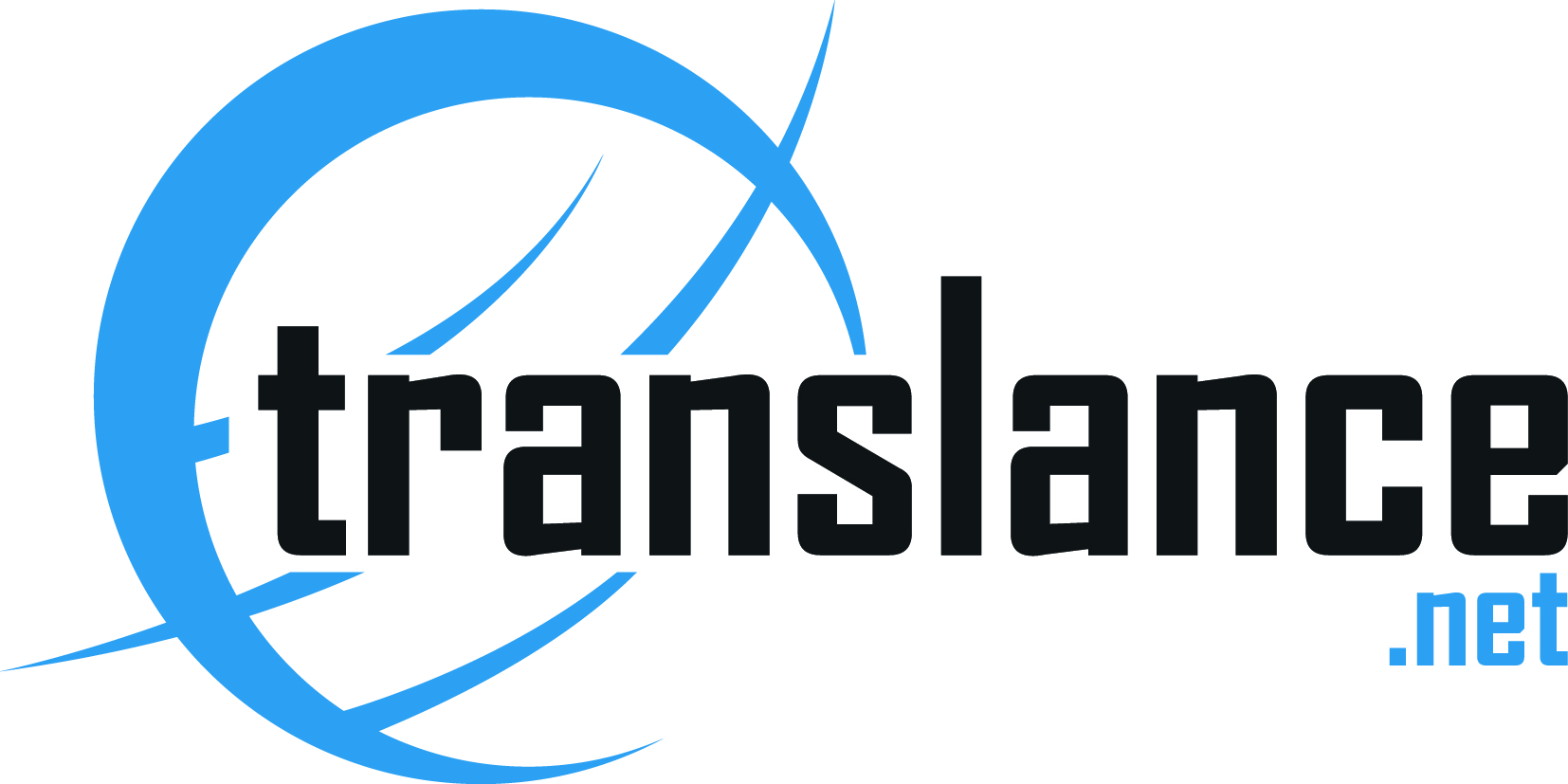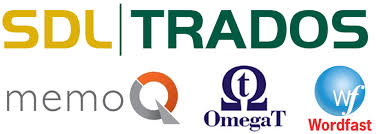Introducing Translation tools
Translators are always looking for tools that can enhance the impact of their texts. Hence, translation software that are in high-speed computers can help them have a professional translation. In the following, we will introduce some of these tools for facilitating translation or assisting translators.
Perhaps, at first, we think of online dictionaries or Google Translate that support many languages. At the next glance, we arrive at Translation Memory. Translation memory is a capacity for phrases, paragraphs, or sentences which have remained from previous translations. In these memories, texts are first divided into sentences, paragraphs, or phrases and then stored along with their source texts. More translation memories are available in software such as translator assistance tools, text editing software, word processing systems, or translation machines. To use these memories first, we give the text to the software; then the software divides the text into small units and seeks to translate them in accordance with its stored memory. The translations available in memory are given to the user as translation suggestions.
Translators can use translation management tools, as well. OmegaT is one of these tools, which is free and mechanical. This tool matches the words of the phrase with the memory and, if appropriate, stores it for future translations. Google Translator Toolkit is also one of the other memory management tools used by translators. This tool is a translation machine that should be used online. It allows the translator to access the memory while translating simultaneously. In addition, this tool can show the original text to the translator along with its translation; this is one of the advantages that can make translation easier. WordFast is also another online translation service that can extract translation memory from existing translations.
Translation machines are another translation tools that can automatically translate. Google Translate is very effective in translating Persian language, but there are different translation machines available to translate other languages: Apertium, Matxin, OpenLogos and SYSTRAN.
Machine translators are increasing every day and have a high power, but they can not fulfill the position of specialized translators. In other words, they are more likely to translate words and short sentences, but not long texts without the help of a translator. However, these machines can give virtual world users a more general perspective.
Along with the many benefits of translation tools like their high speed, they have some disadvantages as well. For example, they can not yield a qualified translation since they have predefined specific algorithms which can not consider the details of languages, such as literary arrays like metaphor, and set forth. Therefore, they can not make the writer’s feeling for the reader. In addition, some words have more than one meaning that its appropriate translation depends on its surrounding context. However, these tools can not consider this issue and most of the time they have artificial translations.
In general, computers can not be as intelligent as human beings, and the accuracy of translation in the computer is 70%, so the translation provided will be defective. On the other hand, human translations do not have the same problems as machine translations but are in low-speed and costly.
 English
English Persian
Persian

